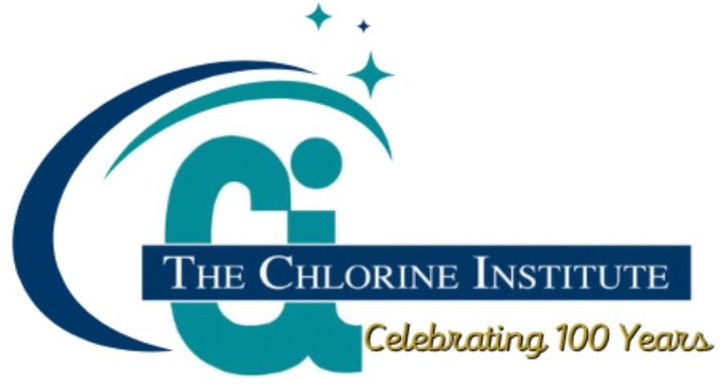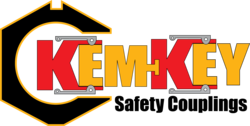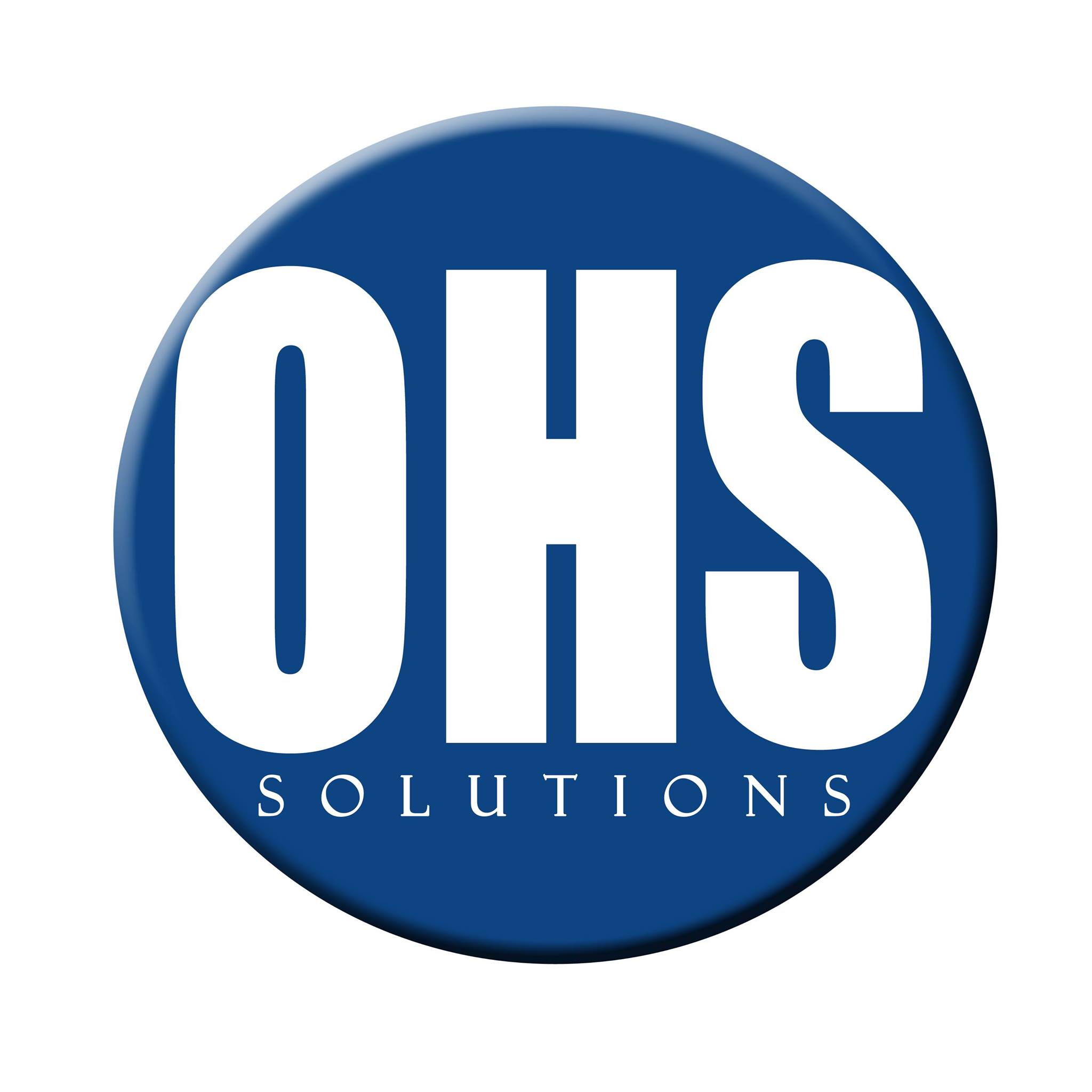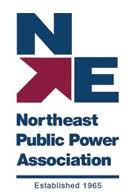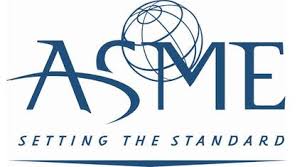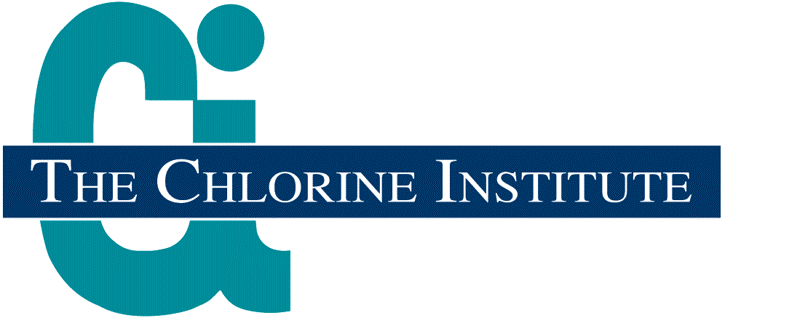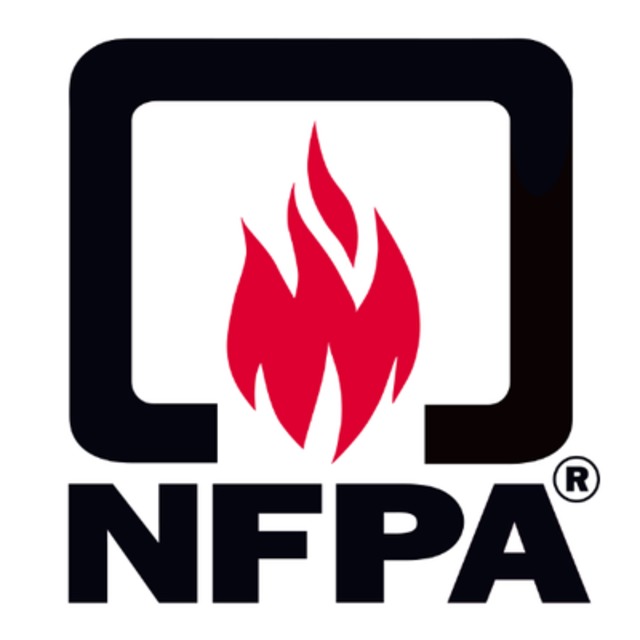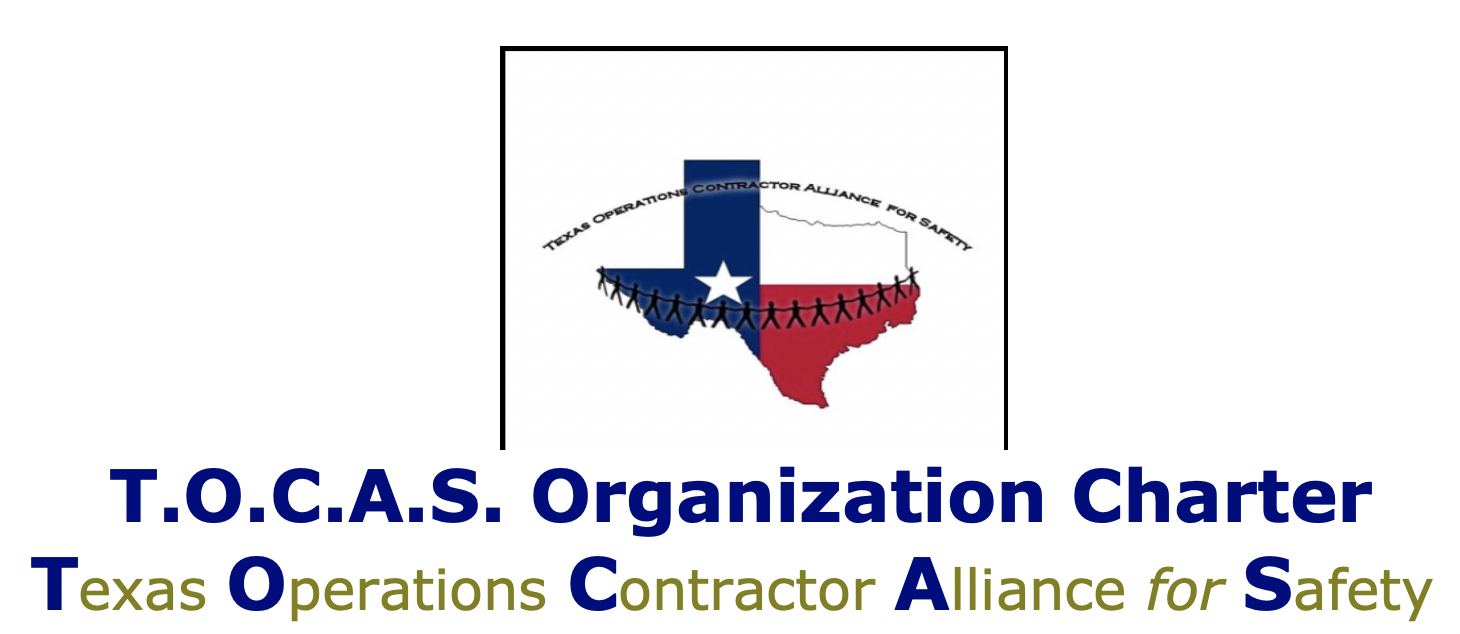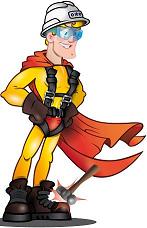OSHA clarifies that ONLY ACUTE atmospheric hazards apply to PRCS entries - NOT chronic hazards
I have this debate several times a year and always go to the "note" in 1910.146 related to the definition of "atmospheric hazards". And that is never enough to convince people that 1910.146 deals ONLY with ACUTE responses to atmospheric hazards - NOT chronic responses. Now let's be clear that chronic hazard MUST be addressed/managed, but it falls outside the scope of 1910.146/1926.1201-.1213. First, here is the note from 1910.146: (emphasis by me)
The scenario I always use in my training courses is "being over-exposed to asbestos" during an entry into a PRCS. That overexposure does NOT make the CS a PRCS, as that hazard is NOT an acute response atmospheric hazard. It is a hazard that MUST me managed, but it has NOTHING to do with the space being a PRCS. In fact, OSHA would not issue a citation under 1910.146 for this over-exposure to Asbestos; it would cite under 1910.1001. In fact, we could RECLASSIFY the PRCS to a Non-PRCS status with the Asbestos exposure, as that asbestos exposure is NOT considered a "hazardous atmosphere." I no longer do this, as it causes such an uproar with entrants. Now, OSHA has issued this statement, reinforcing its position on this matter... (emphasis by me) Membership Content
Safety Thought of the Week (another one from Scott Geller)
Safety should be an unwritten rule, a social norm, that workers follow regardless of the situation. It should become a value that is never questioned—never compromised. It is human nature to shift priorities, or behavioral hierarchies, according to situational demands or contingencies. But values remain constant. The early morning anecdote illustrates that the activity of “getting dressed” is a value that is never dropped from the routine. Should “working safely” not hold the same status as “getting dressed”? Safe work practices should occur regardless of the demands of a particular day. Safety should be a value linked with every activity or priority in a work routine. Safe work should be the enduring norm, whether the current focus is on quantity, quality, or cost-effectiveness as the “number one priority.” The ultimate aim of a Total Safety Culture is to make safety an integral aspect of all performance, regardless of the task. Safety should be more than the behaviors of “using personal protective equipment,” more than “locking out power,” “checking equipment for potential hazards,” and more than “practicing good housekeeping.” Safety should be an unwritten rule, a social norm, that workers follow regardless of the situation. It should become a value that is never questioned—never compromised. Pressure Test Gone Bad (China Sewage Septic Tank)
According to reports, the sewage explosion occurred during a pressure test of the septic tank pipeline conducted by qualified engineers as part of the pipeline installation process.
This incident should be all we need to demonstrate why we test before the pressure retaining equipment is put into service and NEVER use hazardous materials to perform the pressure tests.
Are "reflective vests" a piece of PPE covered by 1910.132?
To be clear, I can't entirely agree with Alaska OSHRC's decision to dismiss the OSHA citation. But I am also tired of the blanketing workplaces with hi-vis gear that is NO LONGER "highly visible" or "reflective." These vests and other HI-VIS gear are used WAY beyond their intended life cycle, making safety a highly visible mockery. If we feel this PPE is necessary, it MUST be appropriately managed to maintain its effectiveness. See my article from earlier this year: When are High-Vis garments no longer considered High-Vis?
The AK OSHRC Decision This matter arises from an industrial accident that occurred on October 29, 2009, when an employee was severely injured when struck by a tanker truck driven by another worker. The injured employee had been assisting the driver in hitching a trailer up to the tanker and was pinned between the rear wheels of the tanker and the trailer. AK-OSHA issued a single, one-part citation alleging a violation of the occupational safety and health standard set forth at 29 C.F.R. § 1910.132(d)(1)(i). That standard requires employers to perform a workplace hazard assessment to determine whether hazards exist that necessitate the use of personal protective equipment [PPE] and, if so, to select and have employees use the appropriate PPE. The complaint asserts that the employer's workplace hazard assessment failed to identify a need for employees to wear reflective clothing or a safety vest while working in darkness or where vehicles are operating in close proximity. The employer filed a notice of contest and an answer to the complaint, followed by a motion to dismiss the complaint or, in the alternative, for summary adjudication. The employer's motion asserts that dismissal is proper because reflective clothing and vests do not constitute PPE within the meaning of 29 C.F.R. § 1910.132(d). It asserts that summary adjudication is appropriate because undisputed evidence establishes that the employer conducted a hazard assessment and required use of reflective clothing. Lastly, the employer contends that the violation, if there was one, should be characterized as de minimus. AK OSHA contends that dismissal of the citation is not warranted because a safety vest and reflective clothing are types of PPE, and that summary adjudication should be denied because the appropriate personnel did not perform a hazard assessment. AK OSHA adds that the violation is serious. After considering the evidence and the parties' arguments, the Occupational Safety and Health Review Board grants the employer's motion. Facts Box Former machine failure to Guard & LOTO fatality (clearing jam & $648K)
On March 8, 2024, @ 4:50 p.m., an employee, 32, entered a unitizer (pallet stacker) machine when it engaged, crushing him. The employee was killed. CLICK HERE to see the video of the machine involved Company removed guards, failed to ensure power shutoff with workers nearby Both management and workers told inspectors that the permanent machine guards that attached directly to this specific equipment were removed in 2017. They were replaced with a fence built around the machine that did not prevent physical access to parts of the machine that could cause serious injury or death. Two years ago, the company’s own analysis showed that they needed doors guarding this machine that would not unlock unless power to the machine was shut off. Construction for the installation of the doors was not completed until after the machine operator was killed on the job. Machinery can unexpectedly or accidentally get power and start up if the power source isn’t disconnected and locked out. The results can be fatal if someone is near or in equipment when it happens. Employee was working alone In addition to the energy control and guard removal violations, the facility was cited for failing to follow rules protecting employees who are working alone in an isolated area. Safety rules require pulp and paper mills to periodically check-in with those workers. Employees at the mill told inspectors they were aware of a policy requiring a lead to check in with employees working alone every two hours. They said it hasn’t been enforced for years. GRAVITY can be a form of Hazardous Energy (PIT Masts decapitates worker)
On March 18, 2024, @ 11:00 a.m., it appears that Employee #1, 32, was standing under the raised forks of a forklift truck. The forks/backrest assembly appeared to have fallen onto Employee #1. Employee #1 died due to decapitation. Dock Plate fatality
Back in 2017, we discussed the hazards associated with dock levelers and working under the dock plate. These are indeed permit-required confined spaces, albeit ones that can be RECLASSIFIED using basic energy control methods (i.e., Lockout). In that 2017 article, I shared a video from a dock leveler manufacturer on how to isolate the dock plate BEFORE entering the area under it. On March 27, 2024, @ 11:00 a.m. an employee, 26, was performing maintenance on a Power Ramp Centra Air Dock Leveler. The employee reached into and underneath the dock plate/ramp while it was in the upright position. There is a maintenance prop arm that should be placed in the upright position to sustain the weight of the dock plate/ramp. Palletizer failure to LOTO fatality (clearing jam & $124K)
On February 6, 2024, @ 3:50 a.m., an employee, 48, working as a machine operator for a cheese manufacturer, was operating a palletizer machine. The employer reported that the employee may have entered the palletizer machine to adjust a crooked box. The employee was caught by a "sweeper arm" and pinned between the arm and a column. The employee died from crushing injuries to his chest, which included asphyxia. "Heat Gun" is a form of Hot Work in HAZLOCs (PRCS Fatality)
In an ordinary setting (i.e., one without flammable gases or vapors), its use is typically not considered Hot Work by many. We always managed the hazards/risks when their use was not part of a formal hazard assessment for production/shipping. But when a heat gun was used as part of maintenance activities in an area where production or shipping is not using them, this was indeed HW. Case in point in this PRCS Fatality where the use of a heat gun ignited the explosion... Line Break gone bad (hydronic piping in a boiler room)
Another pressurized piping fatality... On March 27, 2024 @ 9:30 a.m. Employee #1, 21, had been installing hydronic piping in a boiler room. Employee #1 began loosening a clamp holding a pressure testing cap that was under 100 PSI of pressure. Golden Rules for Combustible Dust (CCPS)
Golden Rule #1: Always recognize and understand the hazardous properties of your dust/ powder materials Golden Rule #2: Always identify the equipment and areas of the facility where dust, fire, and explosion hazards exist Golden Rule #3: Always provide and maintain appropriate fire and explosion protection Golden Rule #4: Always Ensure personnel are trained on hazards and hazard controls Golden Rule #5: Never allow hazardous quantities of dust to accumulate in the workplace Golden Rule #6: Always control ignition sources in the workplace Golden Rule #7: Always Control changes to processes, equipment, procedures, and safety systems Golden Rule #8: Always Investigate combustible dust incidents and near misses and apply learnings |
Partner Organizations I am proud to announce that The Chlorine Institute and SAFTENG have extended our"Partners in Safety" agreement for another year (2025) CI Members, send me an e-mail to request your FREE SAFTENG membership
Member Associations
|
